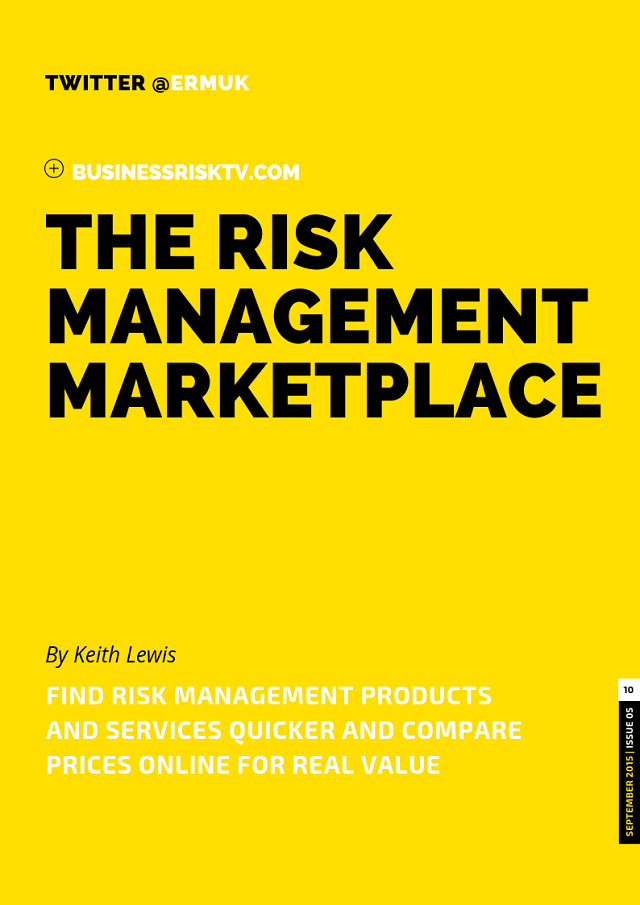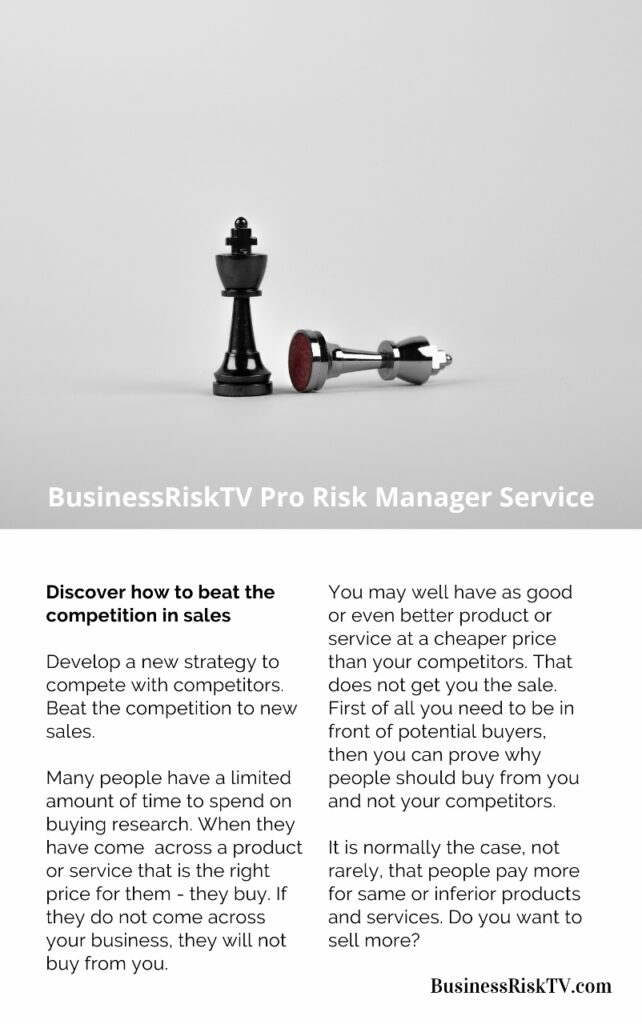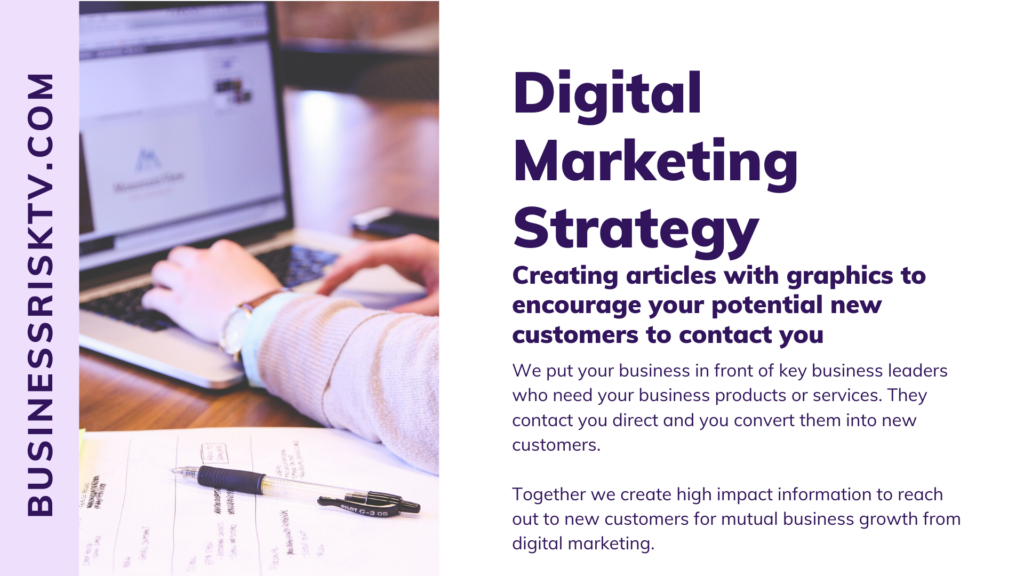Boost Your Business Growth with User Generated Content (UGC) at BusinessRiskTV
Ignite your business growth with BusinessRiskTV.com’s User Generated Content (UGC) service! Our “UGC: Fueling Your Business Growth” program empowers business leaders to harness the authentic voices of their customers to promote their brand. UGC is a powerful marketing tool that builds trust, enhances engagement, and drives conversions. By showcasing real experiences and testimonials, you can connect more deeply with your audience and create a vibrant community around your brand.
For up to 12 months, we’ll help you produce compelling UGC that resonates with your target market. This collaborative approach not only boosts your visibility but also positions your brand as trustworthy and relatable.
Don’t miss out on this opportunity to elevate your marketing strategy. Sign up today to start leveraging UGC and watch your business thrive with BusinessRiskTV!
The Power of Authenticity: How User-Generated Content Fuels Business Growth
In today’s digital age, consumers crave authenticity. They’re bombarded with polished marketing messages and are increasingly skeptical of traditional advertising. This is where User-Generated Content (UGC) shines. UGC is content – images, videos, reviews, testimonials – created by your customers and fans about your brand, products, or services. It’s a powerful marketing tool that leverages the voice of your audience to build trust, boost engagement, and ultimately drive sales.
Best Restaurants Rio de Janeiro: Restaurante Metro Rio de Janeiro Brazil
What is User-Generated Content (UGC)?
UGC comes in various forms, from social media posts featuring your products to blog reviews and customer testimonials. It’s content created by real people, showcasing genuine experiences and perspectives. This authenticity resonates with potential customers far more than traditional marketing messages.
Top 5 Safety Risks to Focus Knowledge Development on in 2024: A Guide for UK Business Managers
Why is UGC a Cost-Effective Growth Strategy?
Here’s why UGC is a game-changer for businesses looking to expand their reach and revenue:
- Reduced Marketing Costs: Creating high-quality content can be expensive. UGC eliminates that cost by letting your customers do the heavy lifting. You leverage their creativity and enthusiasm to generate engaging content that promotes your brand.
- Enhanced Brand Trust: People trust their peers more than brands. When customers see positive UGC, it acts as social proof, validating your brand claims and increasing trust among potential buyers.
- Increased Brand Awareness: UGC extends your reach beyond your own marketing channels. When customers share their experiences, they expose your brand to their entire network, fostering organic brand awareness.
- Valuable Customer Insights: UGC provides valuable insights into customer behavior and preferences. Reviews, testimonials, and social media comments offer a goldmine of information about what resonates with your audience and what areas need improvement.
- Boosts User Engagement: UGC sparks conversations and encourages active participation from your audience. Customers are more likely to comment, share, and interact with content created by their peers, leading to a more engaged community.
Maximising your ROI on UGC: 6 Actionable Tips
Now that you understand the power of UGC, let’s explore strategies to maximise your return on investment:
- Run UGC Campaigns:
Don’t wait for UGC to happen organically. Launch targeted campaigns with clear guidelines and incentives. Here are some ideas:
- Contests and Giveaways: Encourage user participation with contests that involve creating content based on your brand or products. Offer exciting prizes to incentivise participation.
- Hashtags: Create a unique brand hashtag and encourage users to include it in their posts featuring your products. This allows you to easily track and curate UGC.
Brand Advocacy Programmes: Identify and nurture brand advocates – loyal customers who are vocal about their love for your brand. Provide them with exclusive content, early access to products, or discounts in exchange for creating UGC.
- Make it Easy to Create UGC:
Reduce friction for users to create UGC. Provide clear guidelines, templates, or product samples to simplify content creation.
- User-Friendly Platforms: Leverage social media platforms that encourage visual content like Instagram and TikTok. These platforms are perfect for showcasing customer experiences and product use in an engaging way.
- Showcase UGC on Your Platforms:
Integrate user-generated content seamlessly into your marketing mix:
- Website: Feature compelling UGC testimonials, reviews, and photos on your website to add social proof and build trust with potential customers.
- Social Media: Re-share user-generated content on your social media channels. Tag the creator and express your appreciation for their contribution. This fosters a sense of community and encourages further UGC creation.
- Email Marketing: Incorporate customer reviews or testimonials into your email marketing campaigns to add a touch of authenticity and increase engagement.
- Moderate UGC Responsibly:
While encouraging user-generated content, you need to establish clear guidelines and moderate it responsibly:
- Copyright and Permissions: Always obtain permission from users before featuring their content on your platforms.
- Brand Alignment: Set clear guidelines to ensure UGC aligns with your brand values and messaging.
- Negative Feedback: Develop a strategy for addressing negative feedback in a professional and timely manner.
- Reward and Recognise UGC Creators:
Show appreciation for users who create content for your brand. Here are some ways to reward them:
- Product Giveaways: Offer free products or discounts to users who create exceptional content.
- Featured Spotlights: Feature user-generated content on your various platforms and give credit to the creators.
- Loyalty Programmess: Develop a loyalty program that rewards users for creating and sharing UGC.
6.Track and Measure UGC Performance:
Just like any marketing strategy, it’s crucial to track and measure the performance of your UGC efforts. Here are some key metrics to consider:
- Reach: Track the number of people who saw the UGC you shared. This includes your own followers and the reach of the original creator’s network.
- Engagement: Measure how users interact with UGC. Analyse the number of likes, comments, shares, and saves to gauge audience interest.
- Website Traffic: Track how UGC influences website traffic. See if user-generated content drives more visitors to your product pages or landing areas.
- Sales Conversions: Analyse if UGC content leads to increased sales conversions. Look at conversion rates on product pages where UGC is featured.
By monitoring these metrics, you can identify which types of UGC resonate best with your audience and refine your strategy accordingly.
Conclusion: The Future of Marketing is User-Generated
In a world saturated with traditional advertising, UGC cuts through the noise. It leverages the power of authenticity and social proof to build trust, boost engagement, and ultimately drive sales. By implementing the strategies outlined above, you can maximise your ROI on UGC and unlock a powerful marketing tool that fuels sustainable business growth.
Remember:
- Encourage user-generated content through targeted campaigns.
- Make content creation easy and accessible for your audience.
- Integrate UGC seamlessly into your marketing channels.
- Moderate UGC responsibly to ensure brand alignment.
- Recognise and reward users who create valuable content.
- Track and measure the performance of your UGC efforts.
By embracing the power of UGC, you can tap into the voice of your audience, build a loyal community, and achieve sustainable business success.
Access UGC now!
We can create UGC for you. Email editor@businessrisktv.com or contact us via your favourite social media account.






























